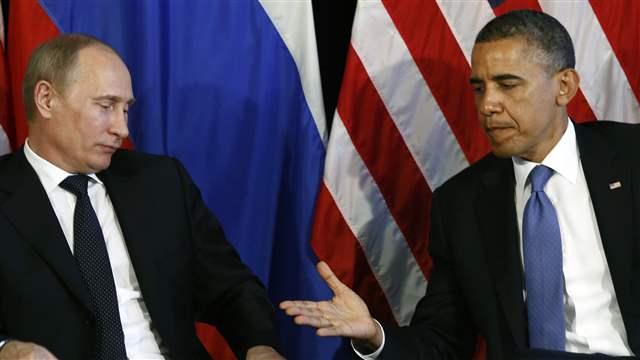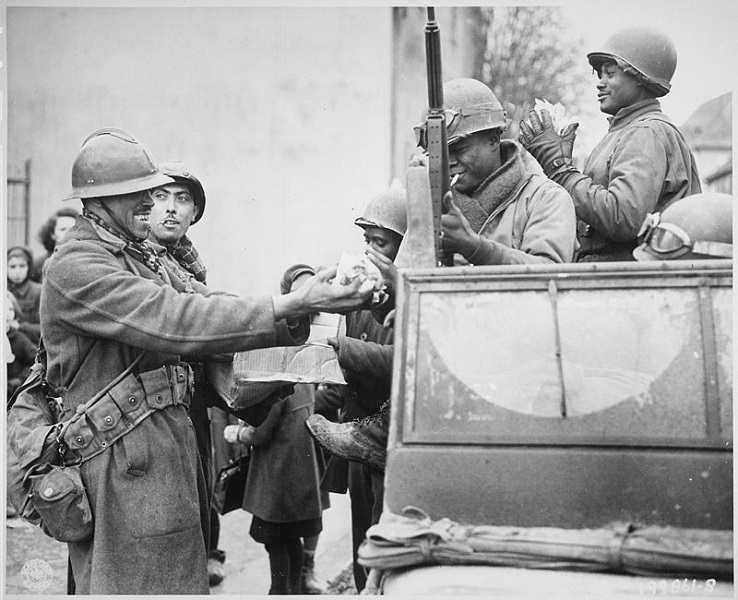By: James Marcus Bridger
A brazen succession of insurgent attacks has claimed the lives of over two dozen foreign and Afghan security personnel in the last week. This wave of assaults sparks fresh fears regarding the militants’ continued ability to strike deep within International Security Assistance Force (ISAF) and government-controlled territory. The readiness of the Afghan army and police forces to take control of their country’s security has also been called into question.
29 October marked the deadliest land attack against foreign troops since the War in Afghanistan began in 2001. A Toyota sedan, laden with what the Taliban claimed was 700kg of explosives, was detonated alongside an armoured bus transporting soldiers and civilians from a counterinsurgency school outside of Kabul. There were 17 reported casualties, including: 10 Americans, two Britons, one Canadian, and four Afghans. The attack, launched less than two months after an insurgent siege of the US Embassy, was the first time in 18 months that US troops have suffered heavy casualties in the normally safe capital territory.
Though the Taliban was quick to take credit for the attack, Western diplomats have suggested that responsibility lies with the Haqqani group—a Waziristan-based insurgent network linked to Pakistan’s Inter-Services Intelligence agency. It was noted by a senior police official in Kabul that the explosives used likely originated in Pakistan, or possibly Iran. One anonymous diplomat stated that the Haqqani group have recently avoided direct claims of responsibility for attacks, and are “letting the Taliban get the credit to avert future problems.” Another suggested that the Haqqanis planned the bombing as a response to US efforts to pressure Pakistan to take greater action against the insurgent group.
Kabul is not the only area affected by the recent surge in violence. The same day as the bus bombing, a female suicide bomber detonated herself outside of a government intelligence office after being stopped by Afghan National Police (ANP) officers. The bombing, which fell short of its target, took place in the city of Asadab in Kunar province—a hotbed of militancy along the northeast border with Pakistan. Four ANP personnel were injured in the attack, though conflicting reports indicated that one had been killed.
On 27 October, insurgents launched an attack on Kandahar city, in which gunmen took up position inside an empty building and fired on a Provincial Reconstruction Team base for over three hours. The attack, which killed one Afghan interpreter and wounded five coalition troops and two Afghan security guards, was noted by The New York Times for “breaking an unusual period of calm in this volatile city.”
Two days later in Kandahar Province, three Australian soldiers were killed and seven wounded when a man in an Afghan Army uniform opened fire during a parade at a patrol base. The Taliban claimed via Twitter that the shooter had infiltrated the Afghan National Army (ANA) and had been in contact “with Mujahideen of Nangarhar province for the past year”—a charge vehemently denied by the gunman’s father. The attack marked a dark day for Australia, whose 1 550 personnel in Afghanistan make up the largest non-NATO contribution to ISAF.
On 31 October, yet another attack rocked Kandahar as an explosive laden truck was detonated at a checkpoint in a neighbourhood that housed UN and other foreign agency offices. Militants then rushed to the scene and occupied a nearby building. A two-hour firefight ensued between the insurgents and NATO and ANA forces. Three Afghan UN workers and a senior police chief were reportedly killed, along with three militants.
The western city of Herat—considered one of the safest major cities in Afghanistan—also witnessed a suicide truck bombing on 3 November. Two explosive-laden vehicles were detonated at a series of checkpoints leading to a compound which housed a logistics company providing services for NATO troops. The bombings were followed by a gun battle that left two Afghan security guards and five militants dead. The Taliban has taken credit for the attack, in which all of the insurgents were wearing ANA uniforms.
This recent wave of attacks is deeply troubling for ISAF and the individual nations involved. Despite the presence of more than 130,000 foreign troops, the level of violence across Afghanistan is at its worst since the war began 10 years ago, the UN reports. ISAF has conversely noted that there has been a recent decline in insurgent strikes, but these data exclude attacks that kill only civilians and Afghan security forces operating without the assistance of coalition troops.
An analysis of the latest barrage reveals a distinctive change in insurgent tactics. The American troop surge has weakened the Taliban’s control of southern Afghanistan and compromised their ability to launch conventional attacks against ISAF forces. As such, al-Jazeera’s Bernard Smith notes, the insurgents are now launching “more focused attacks on significant sites.” Facilities used to train the ANA and ANP are becoming particularly attractive targets. Global intelligence firm STRATFOR predicts that “as Western forces withdraw from other areas throughout the country and remaining troops are concentrated in fewer areas, more of these types of low-level attacks can be expected.” A heightened threat level—stretching from Herat to Kandahar—slows the movement of foreign soldiers and makes it difficult for ISAF troops to cover ground effectively.
With the overwhelming majority of ISAF soldiers set to leave Afghanistan by the end of 2014, the ability of the ANA and ANP to secure the country has been called into question. The shooting of the Australian soldiers in Kandahar highlights the ANA’s vulnerability to insurgent infiltration. Though their motives are not always clear, there have been over two dozen incidents of Afghan security forces turning on their ISAF allies over the last two years. STRATFOR also notes that local security forces are more susceptible to intimidation efforts.
Foreign military trainers are working valiantly to strengthen indigenous Afghan security capacity, but the recent attacks reveal that they are not out of harm’s way themselves. Canada’s new role was described by Prime Minister Harper as “a training mission that will occur in classrooms behind the wire in bases;” an operation that would have “minimal risks for Canada.” The Canadian soldier killed in the Kabul bombing serves as a grim reminder that any kind deployment is inherently hazardous.
Despite the losses suffered this week, national governments have reasserted their commitment to establishing lasting security in the region. “If we were to leave now, the Afghanistan-Pakistan border area would again become a breeding ground for international terrorism,” Australian Defense Minister Stephen Smith stated. NATO, for its part, remains optimistic. The Alliance’s senior civilian representative in Afghanistan, Simon Gass, praised the progress that has been over the last two years in terms of both development and security. “We are confident we can undertake the transition,” Gass stated.
Further Readings: Brits, Canadian among 17 killed in Afghan attack; Attacks on foreigner in capital get Afghan faction’s message across; Woman suicide bomber hits Afghan government office; Father of Afghan who killed three Aussies says son not with Taliban; Two Afghan guards killed near west Afghan NATO compound
Disclaimer: Any views or opinions expressed in this article are solely those of the author and do not necessarily represent those of the NATO Council of Canada.



